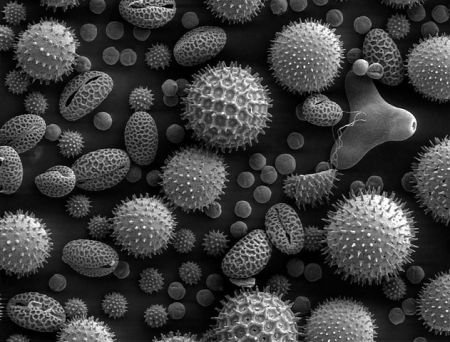
In Japan, pollen come fly to Tokyo from December to April.
The peak is from February to April.
Next year, radioactive pollen is assumed to fly to Tokyo.
Currently Ministry of Agriculture, Forestry and Fisheries is surveying, but it’s being too slow, as expected.
They measure how much Cs-134 and Cs-137 are contained in the leaves but have no clue how to estimate how much of them move to pollen.
However, it’s reported that the Japanese cedar leaves are already seriously contaminated.
Kawamata machi, Fukushima
177,600 Bq/Kg
Otama mura, Fukushima
11,700 Bq/Kg
Because pollen get into the eyes, ears, and also attached to the skin, hair, and clothes, a mask is not enough – at all.
(Source)

